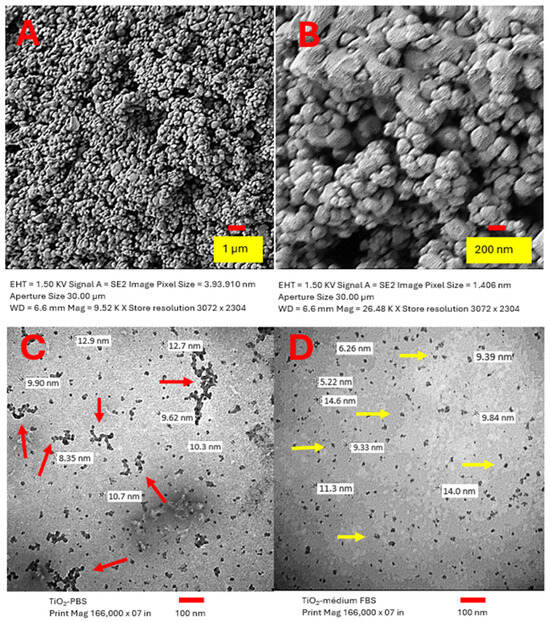New Advances in Molecular Toxicology
A topical collection in International Journal of Molecular Sciences (ISSN 1422-0067). This collection belongs to the section "Molecular Toxicology".
Viewed by 29681Editor
2. Associate Laboratory Institute for Health and Bioeconomy (i4HB), Faculty of Pharmacy, University of Porto, Rua Jorge de Viterbo Ferreira 228, 4050-313 Porto, Portugal
Interests: molecular toxicology; developmental neurotoxicology; new psychoactive substances; cannabinoids; oxidative stress
Special Issues, Collections and Topics in MDPI journals
Topical Collection Information
Dear Colleagues,
The Topical Collection on New Advances in Molecular Toxicology aims to collect original research contributions on the most recent advances regarding the intricate signaling mechanisms by which a wide range of chemicals (e.g., drugs, environmental pollutants, natural products) exert their harmful effects on biological systems, especially focusing on the risks posed to human health. Studies on the development of molecular toxicology-based new approach methodologies (NAMs) for toxicological risk assessment and on the Integration of molecular toxicology into regulatory decision-making are also welcome. The topics of interest include, but are not limited to:
- Genotoxicity and mutagenicity
- Neurotoxicity
- Immunotoxicity
- Epigenetic alterations
- Developmental toxicity
- Cardiotoxicity
- Cancer risk assessment
- Clinical toxicology
- Nanotechnology toxicology
- Environmental toxicity
- Reproductive toxicity
- In vitro and in vivo toxicity testing
- Advanced omics technologies
- Computational and predictive toxicology
Dr. João Pedro Silva
Collection Editor
Manuscript Submission Information
Manuscripts should be submitted online at www.mdpi.com by registering and logging in to this website. Once you are registered, click here to go to the submission form. Manuscripts can be submitted until the deadline. All submissions that pass pre-check are peer-reviewed. Accepted papers will be published continuously in the journal (as soon as accepted) and will be listed together on the collection website. Research articles, review articles as well as short communications are invited. For planned papers, a title and short abstract (about 250 words) can be sent to the Editorial Office for assessment.
Submitted manuscripts should not have been published previously, nor be under consideration for publication elsewhere (except conference proceedings papers). All manuscripts are thoroughly refereed through a single-blind peer-review process. A guide for authors and other relevant information for submission of manuscripts is available on the Instructions for Authors page. International Journal of Molecular Sciences is an international peer-reviewed open access semimonthly journal published by MDPI.
Please visit the Instructions for Authors page before submitting a manuscript. There is an Article Processing Charge (APC) for publication in this open access journal. For details about the APC please see here. Submitted papers should be well formatted and use good English. Authors may use MDPI's English editing service prior to publication or during author revisions.
Keywords
- cardiotoxicity
- computational toxicology
- environmental pollutants
- epigenetic modifications
- immunotoxicity
- neurotoxicity
- new approach methodologies
- clinical toxicology




















